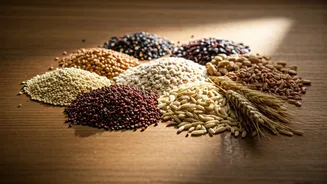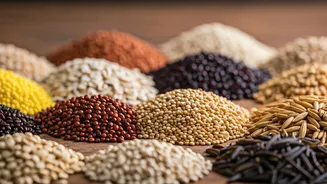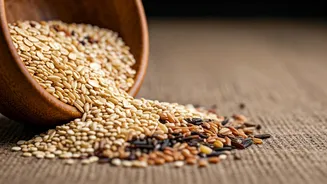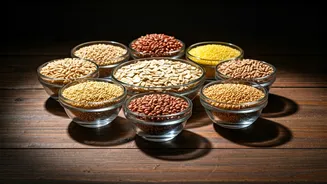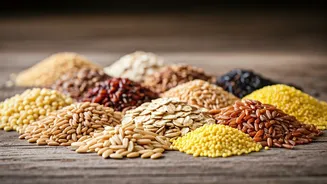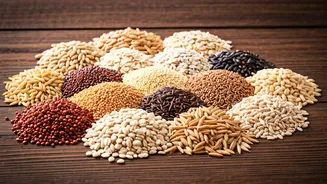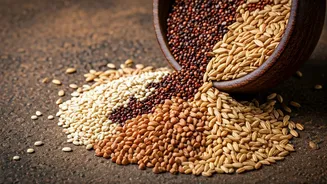Embracing Whole Grains
When thinking about managing diabetes and blood sugar levels, the choice of grains in your diet plays a crucial role. Opting for whole grains over refined
ones can make a significant difference. Whole grains retain all parts of the grain kernel – the bran, germ, and endosperm – providing a rich source of fiber, vitamins, and minerals. This composition helps in slowing down the digestion process, preventing rapid spikes in blood sugar. Refined grains, on the other hand, have been stripped of these essential parts, leading to quicker sugar absorption and potential blood sugar fluctuations. Making a conscious effort to include whole grains is a simple yet impactful strategy to improve your diabetes management.
Oats: A Fiber Powerhouse
Oats, particularly the rolled or steel-cut varieties, stand out as an excellent choice for individuals with diabetes. They are packed with soluble fiber, specifically beta-glucan, which has been shown to improve blood sugar control. The fiber in oats helps slow down the absorption of glucose from your food into the bloodstream. This gradual release prevents sharp increases in blood sugar after meals. Including oats in your breakfast routine, perhaps as oatmeal, can offer sustained energy and help keep your blood sugar levels in check throughout the morning. They are also incredibly versatile – try adding them to smoothies, muffins, or even using them as a coating for baked chicken.
Quinoa: Complete Protein Source
Quinoa is a unique grain that offers a complete protein source, meaning it contains all nine essential amino acids. This is particularly advantageous as it supports muscle health and overall metabolic function. Beyond its protein content, quinoa boasts a low glycemic index (GI), which indicates how slowly it raises blood sugar levels. This makes it a great alternative to other grains. Quinoa's high fiber content further enhances its role in blood sugar control, helping to regulate glucose absorption. It's easy to cook and can be used in salads, as a side dish, or in place of rice. Given its nutritional profile, quinoa is a fantastic addition to a diabetes-friendly diet.
Brown Rice Benefits
Compared to white rice, brown rice is a far superior option for people managing diabetes. The bran layer, which is removed in white rice, is what gives brown rice its nutritional edge. This bran is rich in fiber and magnesium, both of which are beneficial for blood sugar control. Magnesium plays a role in insulin sensitivity, helping your body utilize insulin more effectively. Brown rice has a lower GI than white rice, meaning it won't cause the same rapid increase in blood sugar. Substituting brown rice for white rice in your meals is a simple swap with significant health benefits, offering a more stable and sustained energy release.
Barley: Versatile Grain
Barley, another whole grain, is worth including for its impressive fiber content. It also possesses a low GI, which helps in preventing dramatic blood sugar fluctuations. Fiber in barley aids in slowing down digestion and sugar absorption. It can also enhance satiety, potentially aiding in weight management. Barley is very versatile in the kitchen. It can be added to soups, stews, or salads, or used as a side dish. The consistent inclusion of barley in the diet can have a positive impact on both blood sugar control and overall digestive health. When choosing barley, opt for the whole-grain variety over pearled barley, as the latter has had its bran removed, reducing some of its beneficial properties.
